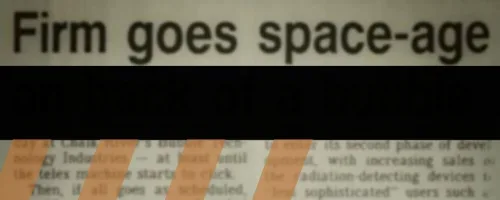Join BTI at the 2024 New England Hazmat Conference

Join Bubble Technology Industries at Gillette Stadium for the 2024 New England Hazmat Conference on March 26th-28th, presented by the Massachusetts Association of Hazardous Materials Technicians. BTI staff will be displaying and demonstrating its state-of-the-art FlexSpec systems. For more information, please visit www.mahmtconference.com










